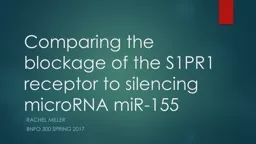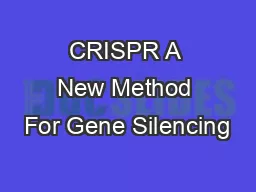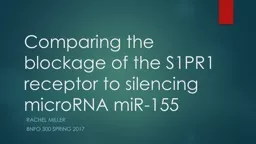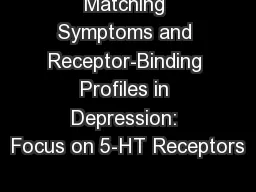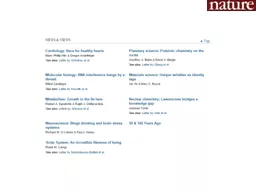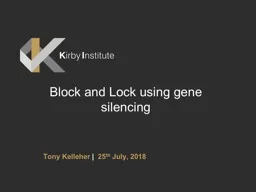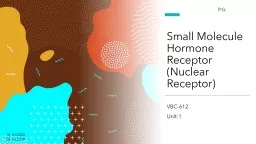PPT-Comparing the blockage of the S1PR1 receptor to silencing m
Author : cheryl-pisano | Published Date : 2017-11-30
Rachel Miller BNFO 300 Spring 2017 Crohns Disease Autoimmune Disease Classified by the Inflammation of the GI tract 400000 people affected in the United States General
Presentation Embed Code
Download Presentation
Download Presentation The PPT/PDF document "Comparing the blockage of the S1PR1 rece..." is the property of its rightful owner. Permission is granted to download and print the materials on this website for personal, non-commercial use only, and to display it on your personal computer provided you do not modify the materials and that you retain all copyright notices contained in the materials. By downloading content from our website, you accept the terms of this agreement.
Comparing the blockage of the S1PR1 receptor to silencing m: Transcript
Download Rules Of Document
"Comparing the blockage of the S1PR1 receptor to silencing m"The content belongs to its owner. You may download and print it for personal use, without modification, and keep all copyright notices. By downloading, you agree to these terms.
Related Documents

